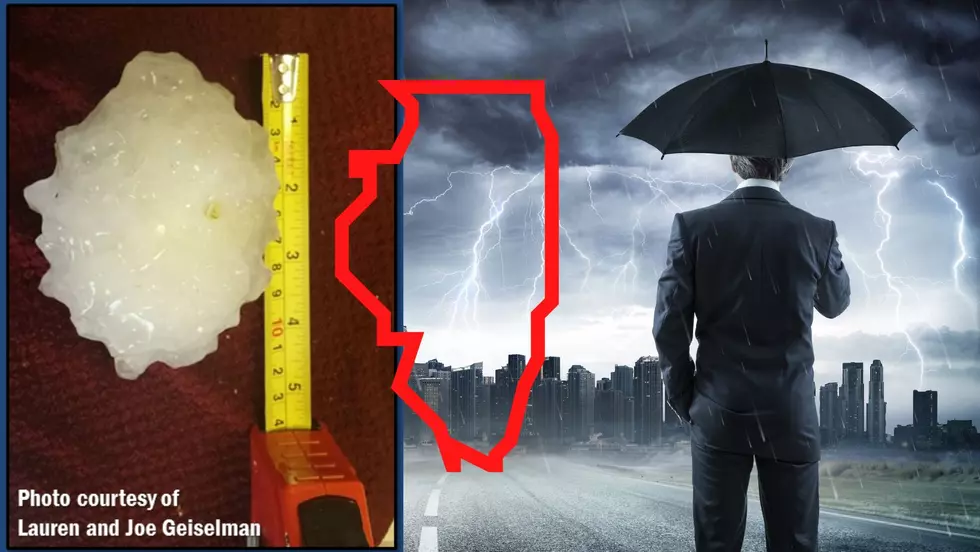
Indiana Severe Weather Safety Guide
Severe weather with high winds, heavy rains, and even tornadoes are not uncommon for this part of the country and anyone who lives here should have a safety plan in place in the event of severe or dangerous weather.
Four Types of Watches & Warnings - Know the Difference
Typically, there are four types of severe weather that you may be alerted to by the National Weather Service but it can sometimes be confusing what the difference is between say a Tornado Watch or a Tornado Warning. Luckily, The Weather Channel has done an excellent job of explaining what sets them apart.
- Severe thunderstorm watch: Conditions are conducive to the development of severe thunderstorms in and around the watch area.
- Severe thunderstorm warning: Issued when a severe thunderstorm has been observed by spotters or indicated on radar, and is occurring or imminent in the warning area.
- Tornado watch: Conditions are favorable for the development of severe thunderstorms and multiple tornadoes in and around the watch area.
- Tornado warning: Spotters have sighted a tornado or one has been indicated on radar, and is occurring or imminent in the warning area. When a tornado warning has been issued, people in the affected area are strongly encouraged to take cover immediately.

Now that we know the difference between the various watches and warnings, what can we do to be better prepared?
Have a Plan
The threat of severe weather is inescapable where we live so it's best to have a plan in place to keep you and your family safe when the inevitable happens. Here are some tips to help you plan from the Center for Disease Control and Prevention.
- Fresh batteries and a battery-operated TV, radio, or internet-enabled device to listen to the latest emergency weather information
- A tornado emergency plan including access to a safe shelter for yourself, your family, people with special needs, and your pets
- An emergency kit (including water, non-perishable food, and medication)
- A list of important information, including telephone numbers
Plan Where You Will Go
Now that you know what you need to have on hand, where do you go if the weather gets bad? Ready.gov has some suggestions.
Have a plan in place with your family for where to meet if something happens.
If you have a basement, this will be the safest place for you during severe weather
If you do not have a basement, locate a nearby shelter like a friend, neighbor or local church that you could get to quickly
Another option if you do not have a basement is to move to an interior room with no windows on the lowest floor of the building.
Seek Shelter
In the event of a tornado warning, you will need to take shelter immediately in your preplanned location. But what if you aren't at home? Weather.gov advises,
- At Your Workplace or School: Follow your tornado drill and proceed to your tornado shelter location quickly and calmly. Stay away from windows and do not go to large open rooms such as cafeterias, gymnasiums, or auditoriums.
- Outside: Seek shelter inside a sturdy building immediately if a tornado is approaching. Sheds and storage facilities are not safe. Neither is a mobile home or tent. If you have time, get to a safe building.
- In a vehicle: Being in a vehicle during a tornado is not safe. The best course of action is to drive to the closest shelter. If you are unable to make it to a safe shelter, either get down in your car and cover your head, or abandon your car and seek shelter in a low lying area such as a ditch or ravine.
Ultimately, just stay safe. Tornados are incredibly dangerous and can change direction quickly, leaving large areas of destruction in their path.


